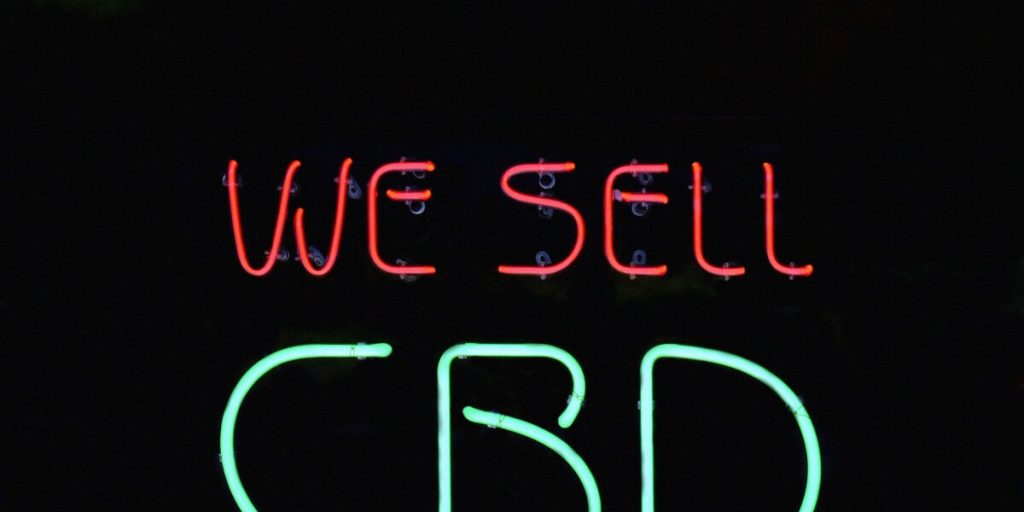
Knowing the difference between red, yellow, and green when it comes to the CBD advertising restrictions is vital to the success of your business.
CBD companies are seeing green. Lawmakers are flashing yellow. And some online platforms are holding a large red stop sign that says “CBD Ad Restrictions”.
That’s the status of the CBD industry in 2019. There is intense consumer interest, lots of money changing hands, and it’s all happening under the cloak of regulatory uncertainty. However, more clarity may be forthcoming.
Let’s take a closer look at why the regulatory and legal landscape is so confusing, what that means for CBD marketers, and what the future might hold.
A legal and regulatory patchwork
Before we explore the law, it’s important to grasp one key distinction: hemp-derived CBD products – which help with pain and anxiety as well as provide health and beauty benefits – are non-intoxicating. This means they are not subject to the same restrictions seen with medical or recreationally-approved cannabis products.
Meanwhile, laws remain a complex patchwork. Technically, cannabis and hemp-derived products with a THC level greater than 0.3% remain scheduled as a narcotic by the Drug Enforcement Agency (DEA). However, this is a murky situation, as they have also been legalized (and are widely sold) in a variety of U.S. states.
The 2018 federal Farm Bill legalized cannabis and hemp-based products below that 0.3% threshold — a threshold that most CBD products sit below. However, states still have their own laws governing CBD products.
Currently, there are only three states where all cannabis and hemp products are illegal: South Dakota, Idaho, and Nebraska. There are another 33 states where cannabis and hemp products are legal, either recreationally or medically. This legalization extends to CBD products.
Finally, there are 14 states that have either partially or fully legalized CBD products. However, the rules governing access vary widely. In Alabama, CBD products are only available to those who are in a medical trial or who have a serious medical condition. In Wyoming, the standard is much stricter: Only patients with severe epilepsy who have failed to respond to other treatments may purchase and use CBD products.
Evolving marketing standards
While low-THC products may be legal, significant restrictions remain in place on how they can be advertised and marketed.
CBD products with a THC level below 0.3% can be retailed at brick and mortar shops and online. Additionally – and this is a critical competitive differentiator – conventional cannabis products are not only banned from online sale, they cannot be fully digitally marketed. Manufacturers and sellers are limited to the narrow category of brand promotion when marketing cannabis products with a THC level higher than 0.3%.
However, businesses marketing CBD products also need to be careful in terms of the language that is used. The FDA has targeted CBD companies making health claims for their products that the FDA considers to be unfounded. The FDA also targets CBD companies that market their products under the category of “dietary supplements.” The FDA’s official position is that all CBD products are excluded from the dietary supplement category and cannot be marketed as such.
Given these CBD advertising restrictions (no health claims, no dietary supplement claims, etc.), CBD companies have to walk a thin line with their marketing efforts. However, these rules may be easing, as greater clarity from the FDA could be coming soon.
The agency held a hearing in May, 2019 to “to obtain scientific data and information about the safety, manufacturing, product quality, marketing, labeling, and sale of products containing cannabis or cannabis-derived compounds.”
The agency also plans to establish “new pathways” for the lawful marketing of products containing CBD.
Some observers believe this action is long overdue. A bipartisan group of U.S. lawmakers prodded the FDA into action, raising concerns that the marketing regulations are too onerous and regulatory certainty has been too slow to develop – something that is costing American businesses money. After all, the hemp-based products market is booming globally, and U.S. businesses are at a disadvantage given the uncertainty that surrounds industry-marketing practices.
Once the FDA issues firm guidance, CBD businesses will be able to advertise with confidence, and won’t have to worry about running afoul of the ad hoc enforcement structure that federal regulators are currently following.
CBD advertising 2019 and beyond
Creating FDA-compliant CBD marketing in the absence of clearly articulated FDA rules isn’t the only challenge CBD companies face.
Because federal rules governing sub 0.3% products are looser, players in the CBD space have a definitive edge over those selling intoxicating, cannabis-based products – if they know how to take advantage. To do that, you need a finely tuned understanding of not only the laws, but also the rules that have been established by various ad platforms.
Google, Facebook, and other large digital advertising networks do not allow CBD products to be marketed due to the current regulatory uncertainty.
The takeaway
We’re experts when it comes to the ins and outs of CBD advertising restrictions and marketing. Contact us today to learn how we craft CBD marketing ideas that move the needle.




